The Challenger Deep: Something Lurks Down There
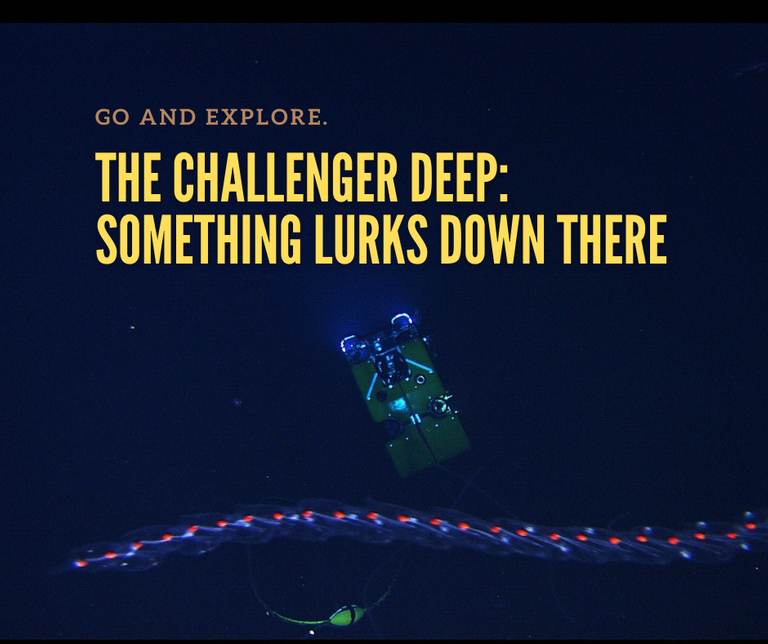
When was the last time you went swimming in a pool? Or a dip at the breezy beach one morning with family or friends? Most of the time, we satisfied ourselves with the shallow waters just enough to quench our desire for relaxation at a beach or pool. Yet for the brave ones there, they like to do things a little bit adventurous. They do it on the next level, or technically, go deeper.
Scuba Diving is of the popular recreational activities underwater to appreciate all the marine life in all of its beauty. But thinking all the fun things aside, one cannot neglect a lingering feeling just lurking at the back of our minds, those murky waters and black hues stirring at the background as if it’s ready to swallow you. Some people experience this sensation naturally, but others have a strong awareness of the vastness of the sea, leading to Thalassophobia or dread of water.
The Challenger Deep
It is quite peculiar that we knew more about space than we knew about the ocean. To date, we only explored 5% of our ocean and left behind 95% undiscovered. We have a lot to say about our sheer powerlessness when it comes to exploring the ocean deep. From the beginning of human history until the early 1900s, our ocean was a place of mystery, as restricted technologies at the time were unable to reach the deepest known seafloor to man.
All humanity can do is sail on the rough seas, battle the towering waves, conquer the storm, and tell grand stories back to their respective homelands, often mentioning mysterious encounters. Some stories are true, but some are still a mystery to date. There is a lot to learn than what our eyes see or how far we can see. There are creatures and phenomena that we have not yet encountered and defined at the depths of our ocean.
It is not until the early 1900s that deep-sea aficionados gain some insight if life can survive in the deepest depths of the ocean. When technology advanced, we discovered the deepest known part of the ocean, Mariana Trench, and its deepest point, Challenger Deep. Of course, we spotted it using sonar waves, and scientists were amused when they did.
The discovery of the underwater world was enough, yet some saw it as an opportunity to understand the deep ocean. Jacques Piccard and Navy Lt. Don Walsh embarked on an expedition into the Marina Trench using Trieste, a Navy Submersible, to transport them into the abyss. Slowly, inch by inch, they go into an unchartered territory that has not been touched by the sun in millions of years. Could life exist in such an extreme environment? Where sunlight is a stranger, darkness is a neighbor. With nothing but nothing to see, it is a void or abyss, as we could say.
After a 5-hour descent, they made history, but they only spent at most 20 minutes at the seafloor. It is due to technical limitations and time constraints. It was a letdown when they landed quietly because clouds of murky water obscured their vision. Walsh describes it as staring into a bowl of milk. As the water runs clear, they saw the world and the alienated species. It was our first encounter. They saw a Flatfish with two circular eyes sitting on top of its head. The longing question of “Could life exist in the greatest depths of the ocean?” the answer is a proud yes.
Much like Neil Armstrong and Buzz Aldrin of the Moon, Jacques Piccard and Navy Lt. Don Walsh are of our ocean deep. Who knows what the two curious explorers genuinely felt as they ventured into the deepest of the unchartered wonders that lurk within. We saw countless discoveries in the Challenger Deep, extraordinary and scary creatures. We discovered the Predatory Tunicate, much like a Venus Fly-Trap but infused with nightmares, Faceless fishes that feed at the carcass of a fallen giant, and the Sea Devil Angler fish, one of the ferocious beasts of the deep.
Slow and Hard
When we talk about the bodies of water, it’s all fun and awesome to appreciate the absolute beauty that covers about 70% of the Earth. These bodies of water have different depths, sometimes a little too deceiving of its actual depth because of light refractions. It misleads us that it is shallow, but it is too deep when one is careless, which leads to drowning.
For Thalassophobics, they regard drowning as one of the terrible ways for a person to die. It is even scientifically correct that drowning can even induce terror in those with a rare illness that allows them to experience no pain. It is due to an oxygen-deprived person, or an elevated carbon intake in the brain would cause us a panic attack.
The thought of drowning is fundamentally unsettling, and it does not even require a body of water to be that deep. When we are unable to breathe through the water is enough. We can fairly say that it is a common but terrifying way to die. That desperate reach for air, the muscles tiring as one paddle upwards, and the lungs collapsing if an extended drowning occurs. We are not physiologically prepared to survive in water.
When people drowned, they have no intention to pull people over. It is a natural response of the body in a flight or fight condition when drowning. Drowning is a sign that our biology is in an environment we not suitable for, and the most change is the wrinkling of our skin. When a body is over submerge in water, it can cause discoloration and disproportion. We can associate it with enhanced chemical reactions inside the water, which leads to hideous decompositions.
The Case of Yuki Lipski
One will never know what it is like to drown until they experience it for themselves. Some people try to over-evaluate their physical skills and venture out too deep waters relying on equipment, but they are prone to mishaps. They put their life on this equipment. One of the sad drowning events was the case of Yuri Lipski, an unlucky man who, despite having every professional warn him of the hazards of diving, ignored the majority of it.
He dove without checking his ascension rate. In other words, he had no notion he was falling quickly. Furthermore, divers experience a drunken-like state as they descend. So the deeper we go, the less time we have before our skin absorbs too much nitrogen, leading you to get inebriated and even narcotic.
It was an innocent dive of the victim together with his friends and professionals. Amidst all the fun, Yuri Lipski himself wandered off from the pack that led to his demise. His senses got impaired, added with the panic attack these scenarios can induce, little to no rational thought would have happened.
During his impending descend, just about everything worst happened, initial desperation to rise, the malfunction of a Buoyancy Device leading to his uncontrolled descent, and his inevitable sunk to the seafloor. It is a mind-boggling event that a life-and-death scenario can occur in a mere 5 minutes. After two decades, Yuri Lipski’s case is a constant reminder to scuba divers.
The Abyss
We have a distorted view of how large an ocean or underwater environment can be. When we gaze at mountain ranges or high buildings, we have an immediate sense of scale and magnitude and appreciate it. On the other hand, we have almost no way of comparing things to another in oceans. We can use topography produced by sonar technology to compare objects underwater, but a difficult task. To scale how deep the Marian Trench, Mt. Everest at 29,029 feet falls a more than a thousand feet compared to the trench, which the deepest is at 36,070 feet below sea level.
Not to mention the sheer enormity of the seafloor, with its distinct peaks and one-of-a-kind landscapes based purely on harsh conditions. Cliffs are an example; on land, they are seen as something spectacular, displaying the sheer height of the landscape. In the case of underwater cliffs, it falls of a land formation from something visible into the abyss, hidden by murky seas at a location where sunlight cannot reach, previously, today, and forever.
At times, we celebrate the deep and dark characteristics of the ocean in our movies, horror films, and documentaries. We associate it with the concepts of drowning, shipwrecks, and underwater monsters, but at the heart of those depictions lies the dark hue, suffocating color, and the display of the abyss.
People love to quote that staring in the abyss for too long and will stare back at us. It depicts the eeriness that something will grab us, not having a chance to fight back or run away and will pull you down to the depths. Some people dubbed it as the call of the void, which someone calls out to us that influence us to jump at high peaks out of curiosity, but our brain stops us. These experiences amplify in Thalassophobic people where the intense sensation of fear and anxiety when staring at the deep ocean.
Unconquerable
Ever since the dawn of the age of exploration, ships of various sizes and efficiency roamed the seas. We are proud that we conquered the seas. At this point, we are not close to achieving as one can tell. We have big ships fully equipped with lifesaving appliances, naval aircraft carriers capable of traversing the seas for decades without refueling due to nuclear powers, and submarines lurking within the deeps.
Everywhere point where human presence is at its highest, there is evidence of how humans influence the seas. But it is a mere illusion that we conquered the seas. No matter how technologically competent we are, there is always a greater force that impedes us. We called the RMS Titanic “unsinkable” but sunk by an iceberg. Shipwrecks, sea infrastructures destroyed, and even planes touch the surface of the sea. We saw how our coastlines slowly shallowed by the sea due to climate change. No matter how “sea-going” a vessel can be, there is always a chance and a risk of sinking.
The RMS Titanic quietly resting at the bottom of the seafloor and leaves us a grim reminder that nature will have the final turn no matter what. The oppressive gloom of it, knowing that only a fraction of RMS Titanic is out of concealment. We are like staring at the tip of the finger with the rest in looming darkness.
One thing that is noticeable in situations of these shipwrecks is the rusted-out metal frames, which corrosion and aquatic life overcome, with some even becoming a coral-like feature for fishes. The ambiguity of the sea, paired with the constant ambiguity, tells us that life will always thrive even in the undeserving of the underwater. Though it not always an accidental case, some use the sea to decommission a vessel. Yet the same principle applies, ghostly structure oozing out a grim force, representing a forgotten piece in time or a sense of danger. But in the grand scheme of things, we still failed to conquer the sea.
Conclusion
The ocean remains mysterious and unfathomable. Sadly, we can not conquer it. Some people appreciate the beauty of the place of our origins, and some experience an intense fear of it. The idea that something vast encompasses us the moment we dive or dip into the ocean brings all forms of emotions, whether we desire or not. Our ocean is so vast, and there is much more something beneath it. Who would have thought that we can see the farthest stars yet cannot see something right in front of us? The dark and looming hue of suffocating water is terrifying and will always be. We can appreciate the vastness of the ocean much like we can appreciate the grandness of space. It is both spectacular and unreachable, for now.
Readings
Stuart Thornton, Unsinkable Don Walsh: Don Walsh reached the deepest known part of the ocean in 1960, and then helped James Cameron reach the same place in 2012., National Geographic
Eliza Strickland, Don Walsh Describes the Trip to the Bottom of the Mariana Trench, IEEE Spectrum
Edmund Bower, Top diver’s death casts long shadow over deep beauty of the Blue Hole, The Guardian
Becky Oskin, Mariana Trench: The Deepest Depths, Live Science
Remy Melina, In photos: Spooky deep-sea creatures, Live Science
Eric Grundhauser, The People Who Suffer From Thalassophobia, or Fear of the Sea, Atlas Obscura
Sabrina Stierwalt, The Mariana Trench Is 7 Miles Deep: What’s Down There?, Scientific American
Note: Photo from the deep sea exploration of National Oceanic and Atmospheric Administration. All photos are CC BY 2.0. | Album links: Deep Sea Corals, Deep Sea Fish, Deep Sea-Abyssal Jellies and Other Spineless, and Diving.
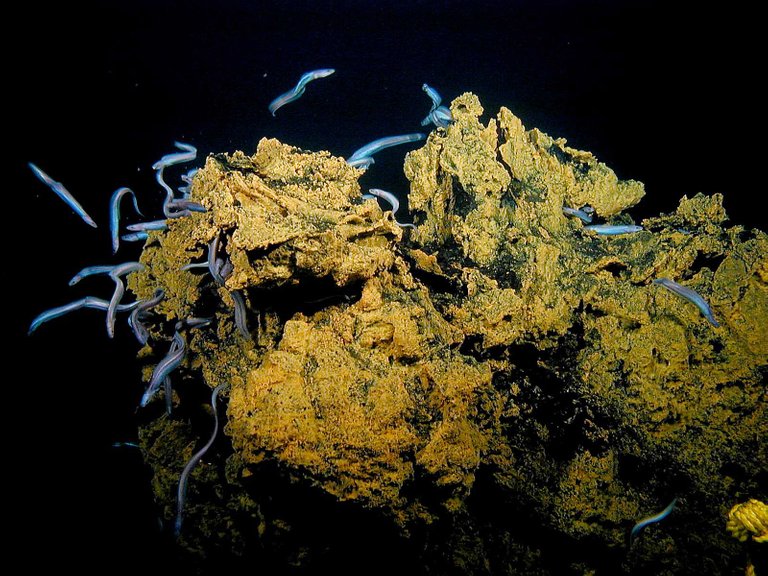
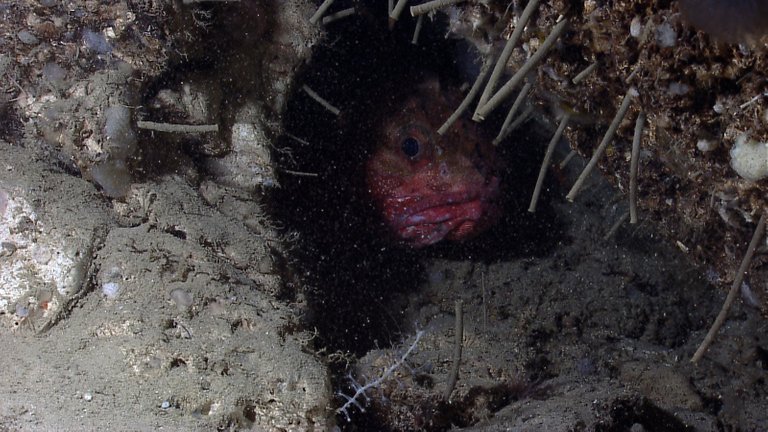
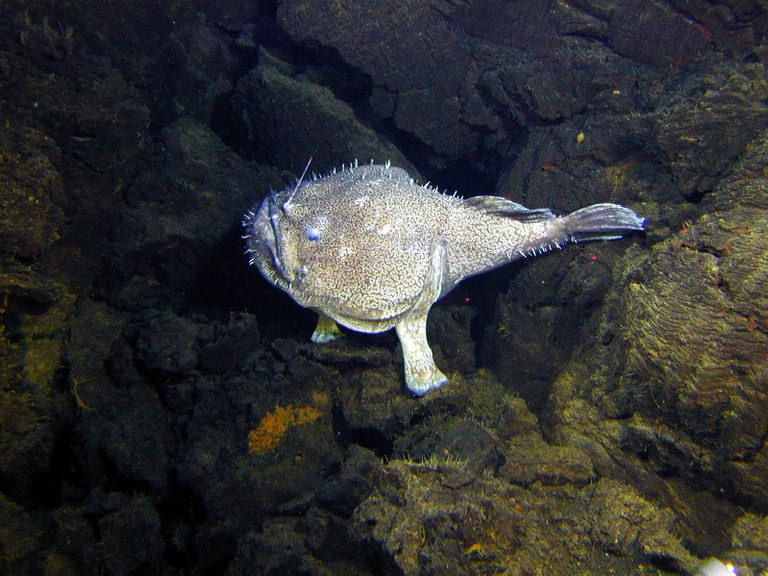

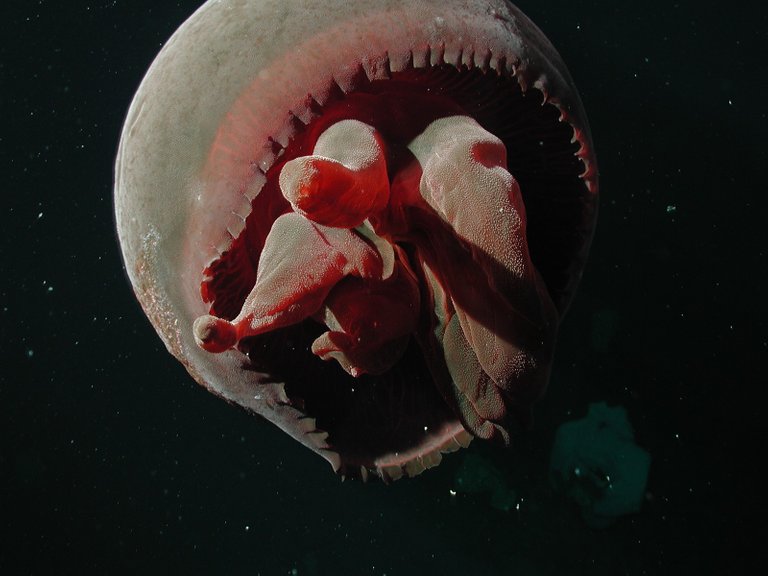
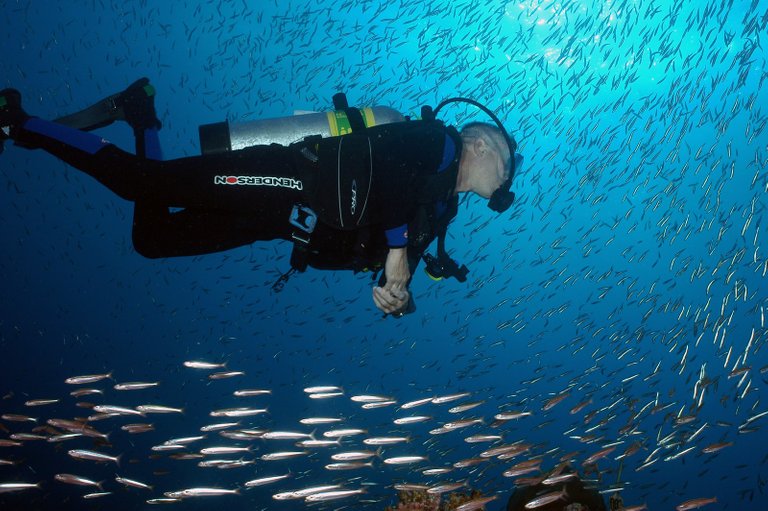
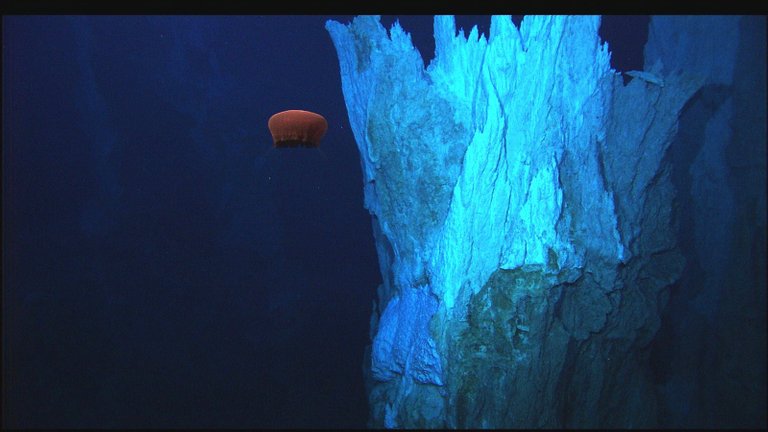
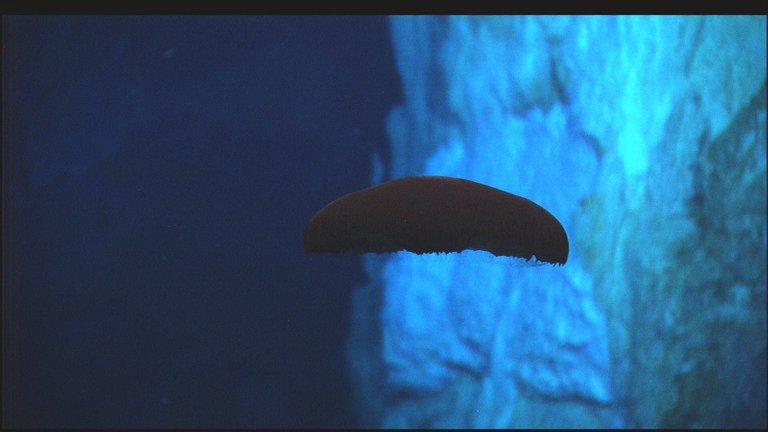
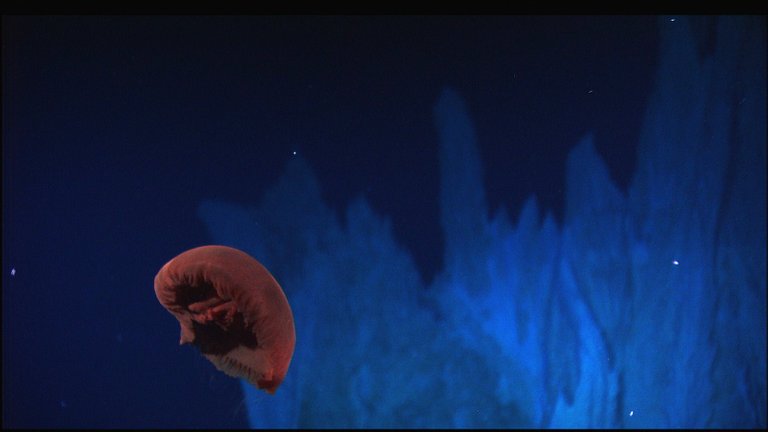
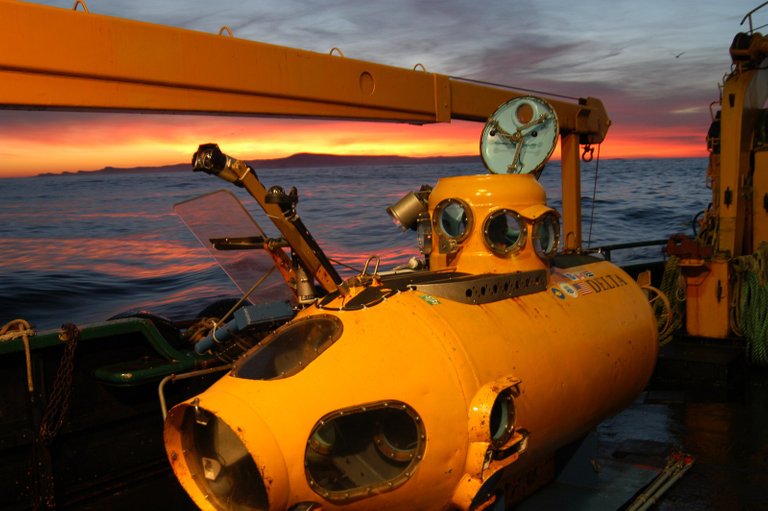
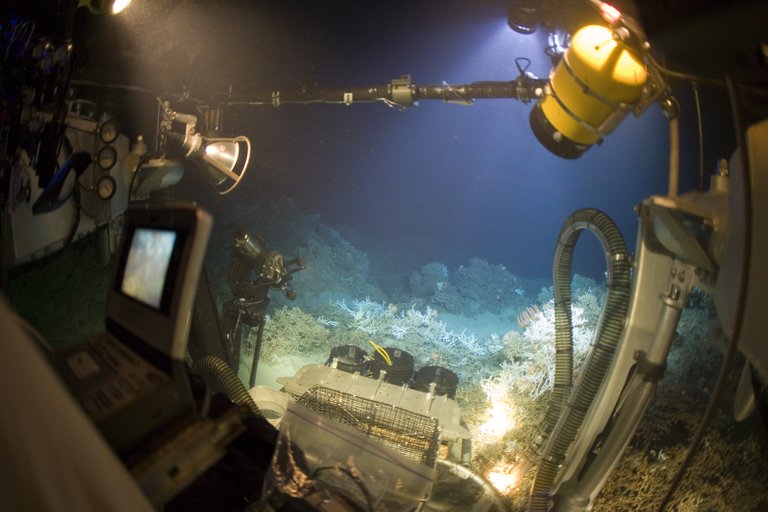
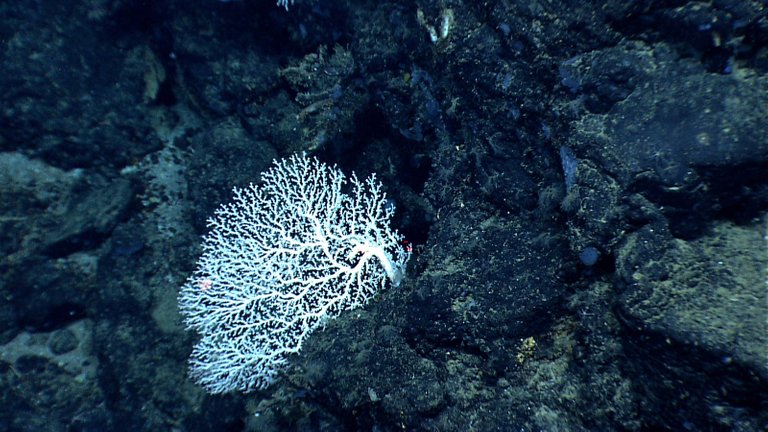
Congratulations, your post has been added to Pinmapple! 🎉🥳🍍
Did you know you have your own profile map?
And every post has their own map too!
Want to have your post on the map too?
Yay! 🤗
Your content has been boosted with Ecency Points, by @juecoree.
Use Ecency daily to boost your growth on platform!
Support Ecency
Vote for Proposal
Delegate HP and earn more
Dear @juecoree, What is the purpose of your conclusion? Did you argue that the sea should be left uncharted because mankind cannot conquer it? 😳
PS: Since the Philippines faces the Pacific Ocean, is there a lot of skin scuba? Are you good at skin scuba?
Since the Philippines faces the Pacific Ocean, is there a lot of skin scuba? Are you good at skin scuba? Is it dangerous to swim in the sea because there are many sea crocodiles and great white sharks in the Philippines? 😄
The conclusion indicates that the ocean is unfathomable and no one conquered it, but It is not to make people believe that we should left it uncharted. We have to study and better understand what lies beneath the waters. Maybe, it can unlock something to complete our understanding of evolution.
Yes, there is a lot of diving points in the Philippines. Am I good at it? Nope. I even had hard time swimming, and let alone diving.
I think there is not much sea crocodile and sharks. Maybe, they exist very far from the shores.
Do you believe that the first life forms were born in the sea? I agree with you.
However, I do not believe in evolution! Modern genetics denies the theory of evolution. Ancestor traits are passed on to offspring and never evolve!
Thanks for your contribution to the STEMsocial community. Feel free to join us on discord to get to know the rest of us!
Please consider supporting our funding proposal, approving our witness (@stem.witness) or delegating to the @stemsocial account (for some ROI).
Please consider using the STEMsocial app app and including @stemsocial as a beneficiary to get a stronger support.